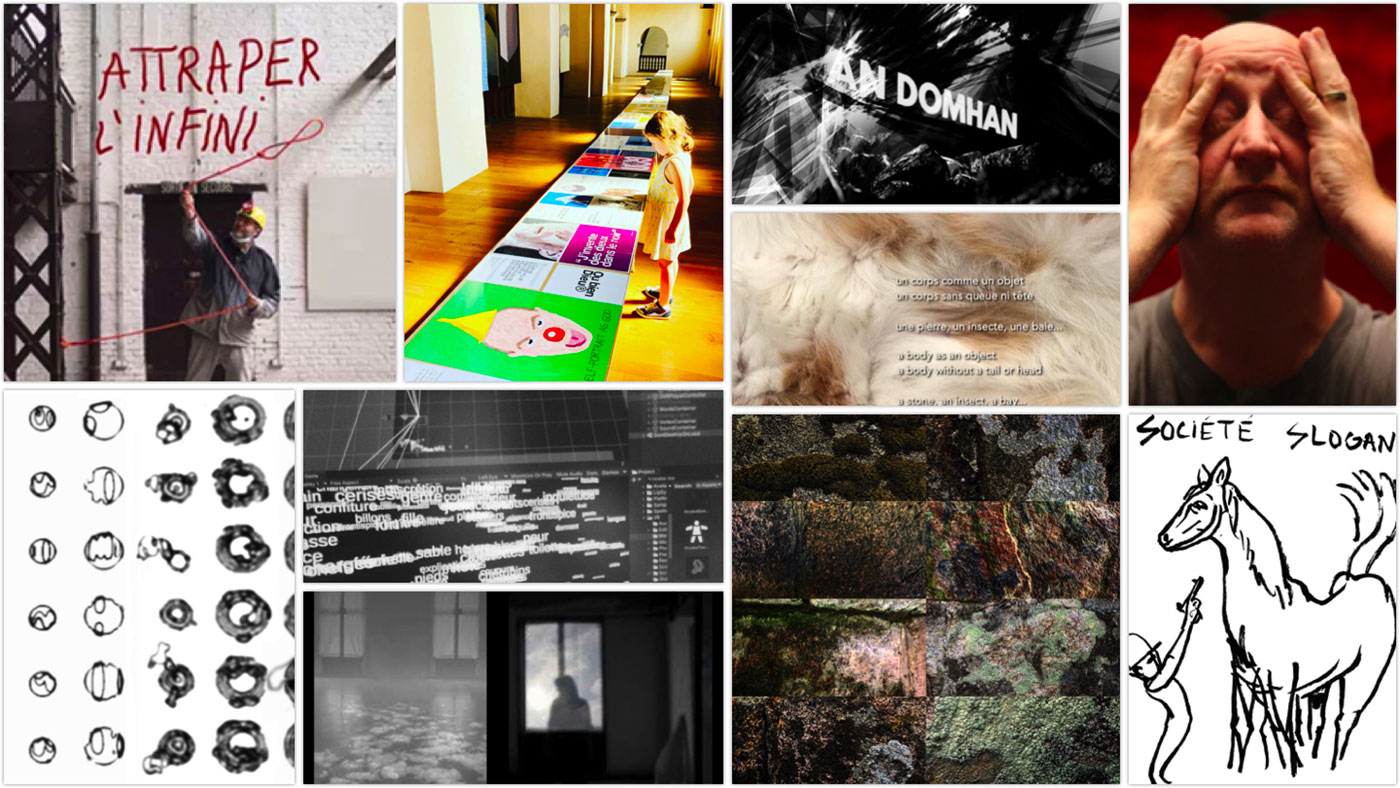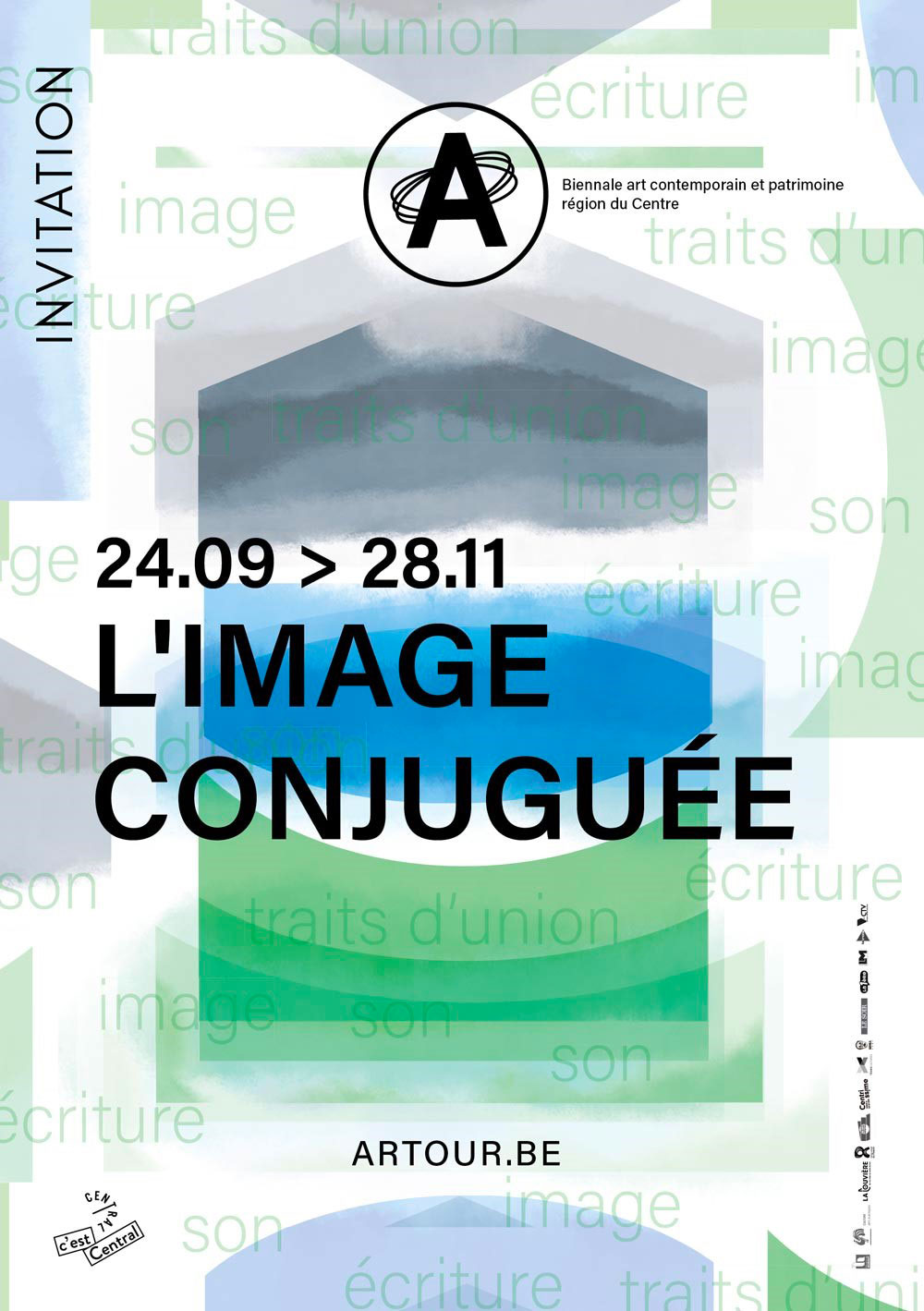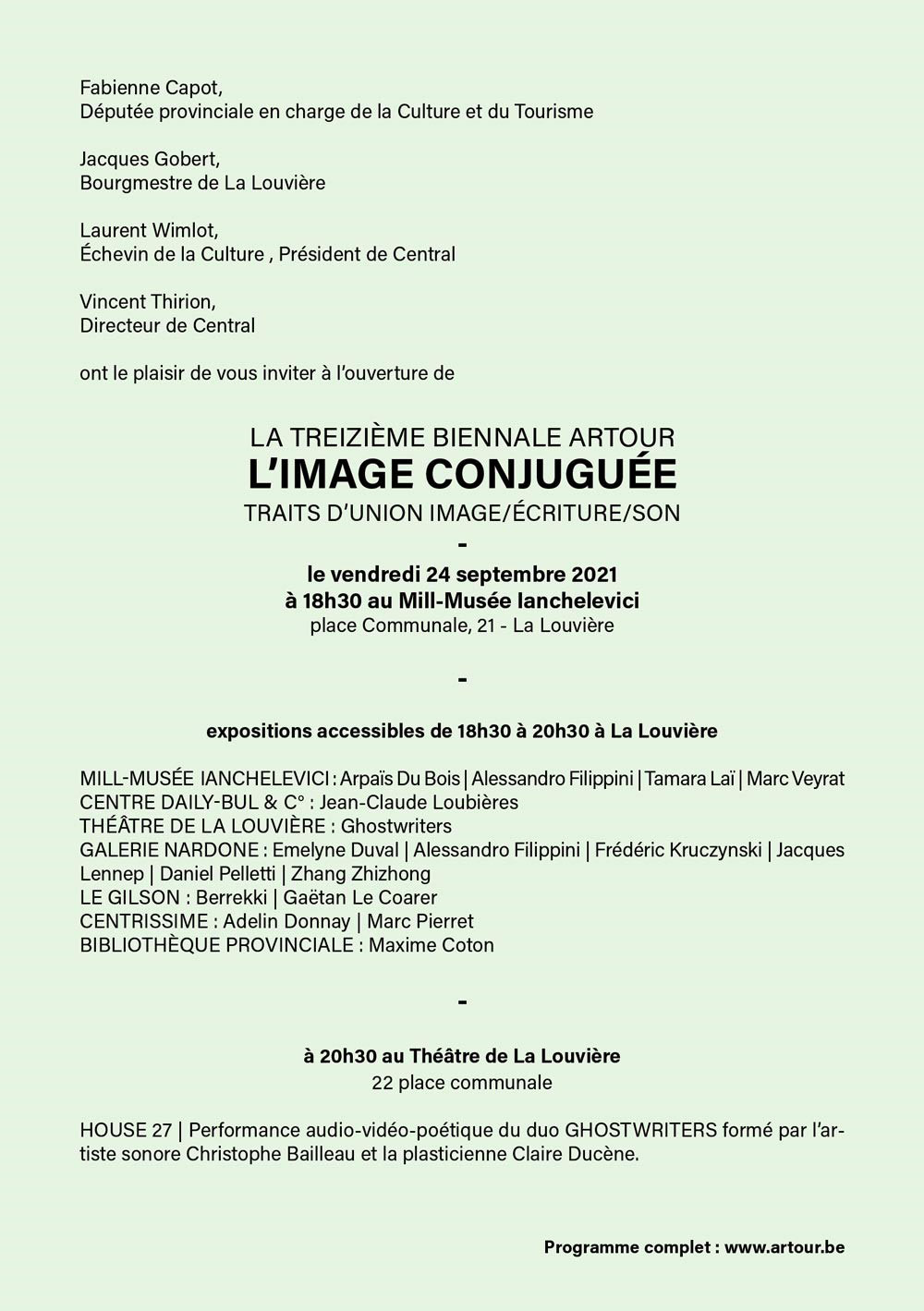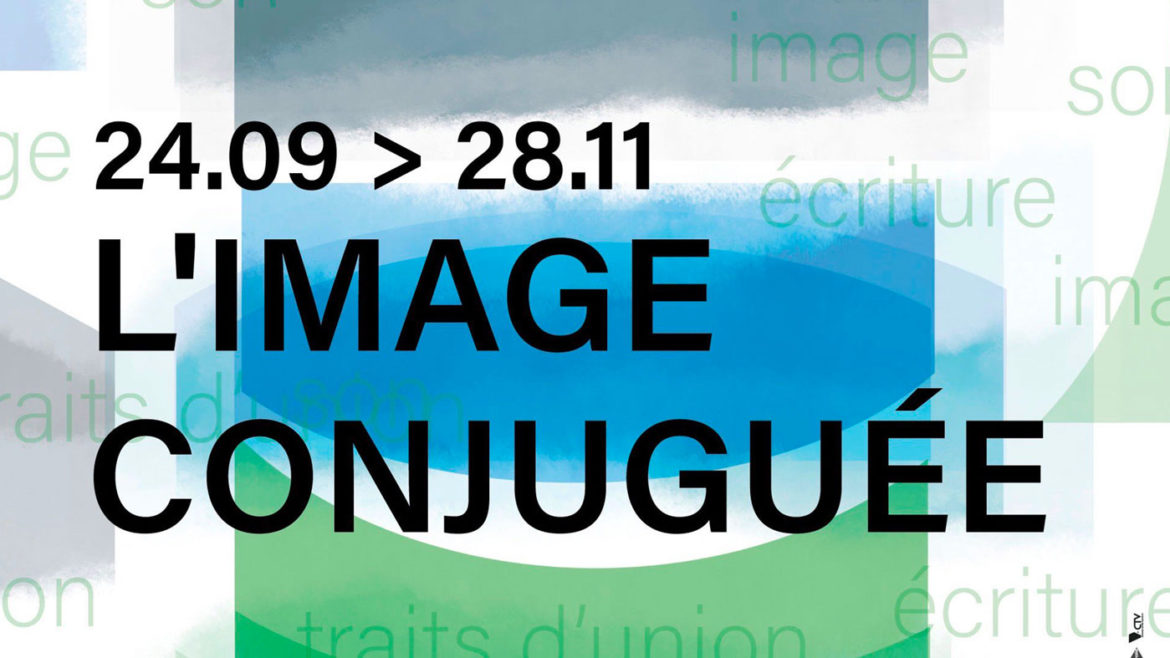
ARTour 2021 proposes to question the relationships that today bind writing and the visual, digital and sound arts. The invited artists, authors, visual artists, intermedia creators combine them according to their respective practices, associate them to give them to watch, to read, to listen.
The field of possibilities is vast and we will only claim here a subjective choice. The program of this thirteenth edition of ARTour is built as a journey between places, artistic practices and imaginaries questioning these “combined images” in their diversity of forms and relationships favoring a sensitive conjunction between the visible and the written, legible or to decipher.
These combinations promote freedom of interpretation in multiple poetic, visual or sound, playful or conceptual variations.
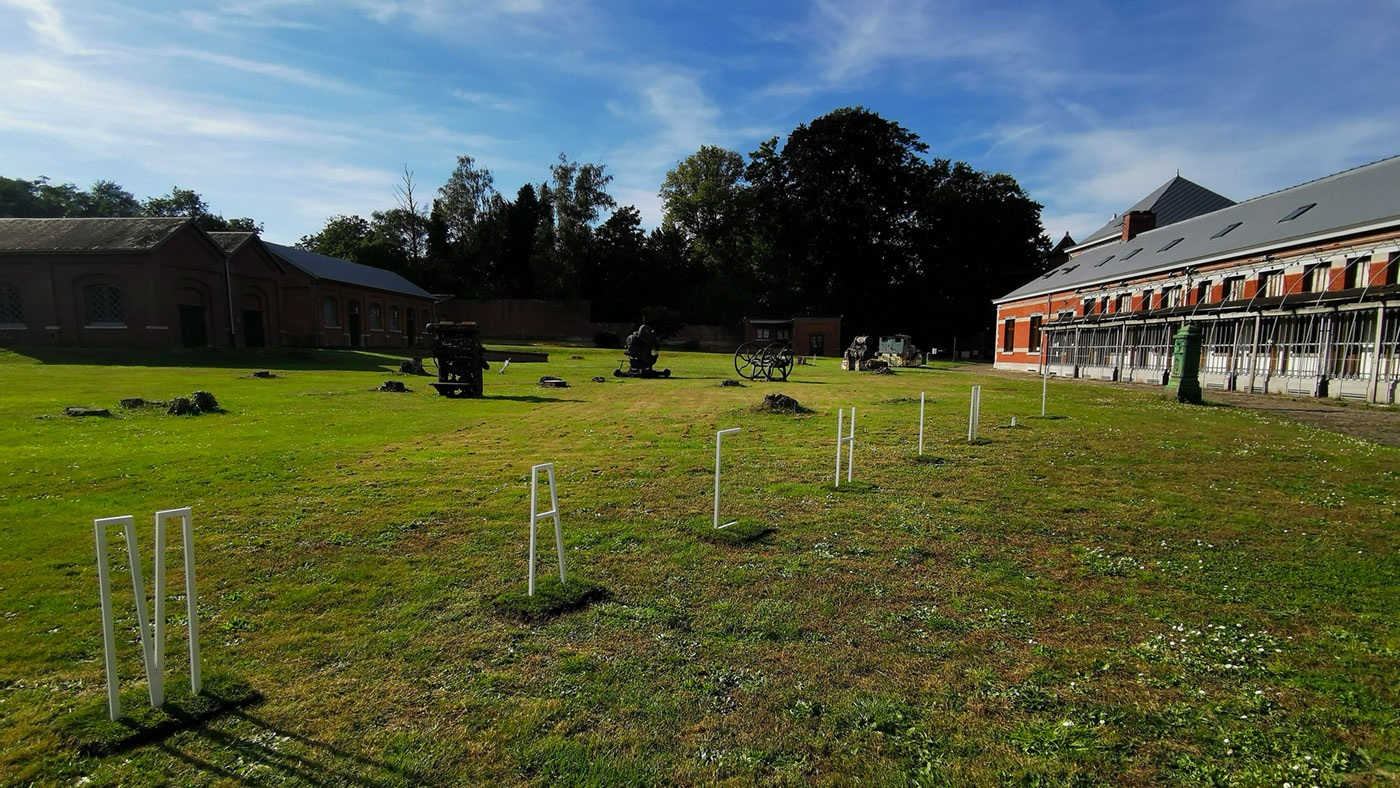
Depuis quelques décennies, l’image, le texte et le son sont les composantes des documents multi/hyper-média que nous manipulons quotidiennement sans nécessairement prêter attention à leur intersection créative qui met aussi en lumière leurs particularités en les redéfinissant. Avant la dimension du « tout numérique » qui permet une infinité de combinaisons et renforce les interactivités (au-delà de la seule injonction technologique) dans des formes multiples (installation, performance, application, œuvre géolocative, net art, dispositif VR…), ces médiums s’étaient déjà rencontrées dans le chaudron magique des associations expérimentales (de Dada à Fluxus, de l’Art conceptuel à la Poésie sonore ou concrète), permettant à chaque média de s’émanciper de ses propres carcans en se frottant aux autres sans pour autant s’y diluer.
On doit à Dick Higgins, cofondateur de Fluxus[1] et initiateur des premiers happenings dès les années 50, le développement de la notion – devenue fondatrice – d’intermédia qui nous semble aujourd’hui encore pertinente pour qualifier des approches intermédiales en soulignant la dialectique entre les différents médiums et l’ouverture de la pensée créatrice en dehors de toute restriction à un seul domaine de l’art. Selon ce multi artiste, théoricien et éditeur américain, l’intermédium ne révèle pas un mouvement artistique, datable, mais une tendance majeure et constante de l’art ; il y voit aussi la forme d’expression la plus pertinente de son temps et un moyen pour les artistes de manifester leur engagement[2]. Ce dernier point ne s’est peut-être pas totalement vérifié mais pour le reste, ces réflexions sont encore inspirantes et certains critiques parfois trop peu critiques des développements multi/hypermédiatiques qui ont suivi, ont parfois « oublié » ces explorations libératrices fondatrices dans l’euphorie d’une littérature trop auto (techno)satisfaite et le diktat d’une conception purement consumériste des « produits » de ces « industries culturelles et créatives » englobantes.
D’autres textes visionnaires dont ceux du Cercle d’Art Prospectif, association d’artistes fondée par le créateur pluridisciplinaire et historien de l’art belge Jacques Lennep en 1972 ou de l’Art sociologique initié par Hervé Fischer, Jean-Paul Thevenot et Fred Forest en 1974 que ce dernier, artiste multimédia français pionnier, prolongera, dans les années 80, avec l’esthétique de la communication[3] bénéficiant de l’apport du philosophe italien Mario Costa jusqu’à l’esthétique relationnelle[4] décrite par Nicolas Bourriaud, ont apporté des éclairages sur ces arts de la rencontre (entre pratiques mais aussi entre publics et champs sociétaux). Pour le critique et commissaire artistique français, l’art relationnel est un « art prenant pour horizon théorique la sphère des interactions humaines et son contexte social, plus que l’affirmation d’un espace symbolique autonome et privé. »[5] Ce type d’œuvres peut fonctionner « comme un dispositif relationnel comportant un certain degré d’aléatoire, une machine à provoquer des rencontres individuelles ou collectives »[6]. Et si cette « inter machine» s’emballe, elle n’en sera que plus humaine !
Ces nouvelles articulations permettent aussi aux médiums de faire éclater, dans ces flux permanents, les catégories traditionnelles pour créer d’autres constellations artistiques et culturelles. Avec le développement des arts sonores (le « sound art » qui ouvre, au-delà de la musique, divers champs exploratoires hybrides) plus largement au début du second millénaire[7], les sons se projettent dans l’espace pour mieux le métamorphoser ; le temps musical ou plutôt la durée (au sens bergsonien)[8] se dilate dans le lieu et la pratique de l’écoute qui devient elle-même créative avec un surplus d’imaginaire.
De plus en plus de plasticiens travaillent la dimension audio comme une matière à part entière (et non plus juste comme une « bande-son » plaquée sur l’œuvre) qui se sculpte[9] au même titre que l’image ou, plus généralement, la matière visuelle avec laquelle elle dialogue d’égal à égal. Ces images/écritures sonores sont moins des représentations audio graphiques (la notation musicale classique se révélant, par ailleurs, insuffisante pour nombre de créations sonores d’aujourd’hui) que l’émergence de ces « autres du son », leurs doubles audio plastiques[10].
En retour, les créateurs sonores mais aussi de la parole et de l’écriture vivante intègrent la dimension plastique (au sens large) et spatiale dans des projets qui sortent volontiers du cadre strictement « musical » pour les uns et « littéraire » pour les autres.
Ainsi, dans les projets (dont bon nombre de créations) présentés dans cette treizième édition d’ARTour, les traits d’union dynamisent ces « images conjuguées » sur différents modes intermédiatiques.
Au Mill, Tamara Laï propose une sélection de ses vidéo-poèmes voyageurs, Marc Veyrat une relecture labyrinthique d’Alice au pays des merveilles en mode VR, Arpaïs Du Bois les pages de ses carnets de « dessins-pensées » colorées, Alessandro Filippini ses sculptures-mots qui nous rappellent à l’essentiel. A la Bibliothèque provinciale, l’auteur et artiste numérique Maxime Coton convie le visiteur à une expérience en réalité augmentée célébrant les plaisirs de la lecture tandis que, au Daily-Bul & co, Jean-Claude Loubières propose une bibliothèque suspendue et un parcours livresque. Au Château Gilson, Dema One croise calligraphie arabe et graffiti art, Berrekki, typographie et installation murale, Gaëtan Le Coarer, réalité mixte et bande-dessinée.
Comme dans l’exposition collective à la Galerie Nardone (réunissant les plasticiens-poètes Alessandro Filippini, Cécilia Shishan, Frédéric Kruczynski, Daniel Pelletti, Emelyne Duval et Jacques Lennep), le mot se libère, se crie ou se susurre pointant aussi, tout en ouvrant la porte à toutes les envies, en définitive une certaine « impossibilité de les écrire ou même de les tracer »[11].
Ils peuvent aussi danser aussi sur la toile dans une langue inconnue ou réinventée, par exemple dans les œuvres d’Adelin Donnay et Marc Pierret présentées à la Maison du Tourisme/Centrissime. Ils sont musique non plus de l’écrit mais de l’oralité qui peut aussi se faire image comme dans cette maison hantée (au Théâtre de La Louvière) imaginée par la plasticienne Claire Ducène associé au créateur sonore Christophe Bailleau dans le duo Ghostwriters.
Le site de Bois-du-Luc a inspiré plusieurs créations contextuelles. Gauthier Keyaerts a réalisé des vidéos, photos, textes et environnements audio organiques à partir de ce fascinant musée de la mine et du développement durable pour le « rêvisionner ». La créatrice multi visuelle Natalia de Mello avec l’auteur/sociologue Daniel Vander Gucht s’en sont également nourris lors d’une joyeuse résidence estivale pour rendre hommage aux machines de l’époque industrielle du lieu et à son héritage surréel. Le poète/performer Charles Pennequin pour lequel « l’écriture se fait dans la bouche et avec toutes les extensions de nous-mêmes »[12] scande ses visions critiques du « spectacle » devenu, comme annoncé depuis plus d’une quarantaine d’années par les Situationnistes, le paradigme culturel marchand. L’artiste multimédiatique Alain Wergifosse a, quant à lui, assemblé un vivier multi écran imaginant une écriture idéographique à partir d’étranges micro-organismes. Le tandem Isa*Belle + Paradise Now a suspendu au plafond d’élégantes robes de mariées vintage qui dévoilent l’histoire de leurs passions amoureuses, en mode féminin et intime.
Au Centre culturel du Roeulx, l’agitateur-auteur-plasticien Werner Moron mène -littéralement- la Société Slogan en bateau. A Soignies, Jean-François Octave continue, après avoir investi pendant l’été, en écho au « Tabula Deus », un étage de la la Collégiale Saint-Vincent, de croiser, au Centre culturel de Soignies, les images de la culture pop à son journal hédoniste et l’environnement audio cinématique de Paradise Now.
Outre dans ces projets volontiers in(ter)disciplinaires qui composent un itinéraire de créations unique dans La Louvière et plus largement dans cette région du Centre, on retrouve aussi cette approche multipoétique dans des performances intégrées dans le programme ARTour 2021, de celle audio-littéro-vidéo de Ghostwriters pour l’ouverture au Théâtre de La Louvière à l’événement de clôture Sonopoetics au Mill, associant artistes du son et de la voix (Maja Jantar et Paradise Now, Vincent Tholomé et Gauthier Keyaerts, Werner Moron avec les Ours Bipolaires) ayant aussi, pour certains, participé à des installations du parcours, en passant par la méditation sonore de l’électro Darko au Daily-Bull, le concert granulaire d’Alain Wergifosse à Bois-du-Luc ou encore la performance de ??? au Centre de la gravure et de l’image imprimée. Dans tous les cas, le texte-parole (jusqu’à son indicible) comme l’espace/flux sonique mais aussi l’imago (matérielle ou immatérielle) se mixent et se remixent en temps réel.
Dans leur grande diversité esthétique ici assumée, ces productions trans artistiques nous invitent à reconsidérer, à l’inverse des formatages verticaux et autres conformismes compresseurs de différences, les élasticités étincelantes entre les formes, les langages, les pratiques/techniques mais aussi, plus largement, les cultures et les imaginaires ouverts…Ils nous rappellent qu’à l’ère des grandes confusions, mutations planétaires et des bombardements de « messages/images » immédiatement jetables, les signes tant d’un possible ailleurs salvateur que d’un ici et maintenant réenchanté, résident dans ces interstices poétiques, et qu’il ne tient qu’à nous de les écouter/regarder/décrypter…
Philippe Franck
[1] Terme utilisé pour la première fois en 1961 par l’artiste/galeriste/éditeur nord-américain d’origine lithuanienne George Macunias qui deviendra celui d’un mouvement internationaliste regroupant des artistes aussi divers que George Brecht, Yoko Ono, Nam June Paik ou encore Joseph Beuys prônant l’abolition des frontières entre l’art et la vie ainsi que les différents champs disciplinaires et la participation concrète du public.
[2] Dick Higgins, Statement on the intermedia in Dé-coll/age # 6, Something Else Press 1967.
[3] « L’Esthétique de la Communication conçoit de transposer directement les principes sensibles observés dans l’évolution de notre environnement et du monde sur le fonctionnement de l’art lui-même et de considérer désormais celui-ci non plus en termes d’objets isolés, mais en termes de relations et d’intégration. Les œuvres, les données, les systèmes d’art devront être appréhendés comme des touts intégrés qui ne pourront en aucune manière se diviser ou se réduire à l’inventaire des parties constitutives matérialisées ». Extrait du Manifeste pour une Esthétique de la Communication publié par Fred Forest en 1983.
[4] Définie pour la première fois, en 1995, dans les pages de la revue Documents fondé par les critiques/commissaires artistiques Nicolas Bourriaud, Eric Troncy et les artistes Philippe Parenno et Liam Gillick et que Nicolas Bourriaud a développé dans son livre éponyme paru en 1998 aux éditions des Presses du Réel.
[5] Nicolas Bourriaud cité dans Art in the 90’s : L’esthétique relationnelle, Artistik Rezo, juillet 2015.
[6] Ibid.
[7] Même si des œuvres pionnières, ne se définissant pas alors sous l’appellation « art(s) sonore(s) » ont déjà fleuri depuis la fin des années 60.
[8] Pour Henri Bergson, la durée – ce temps psychologique, intime et non pas extérieur à l’homme – est avant tout chose plastique.
[9] On parlera souvent au début de « sculptures sonores » pour qualifier les œuvres de sound art.
[10] Marie-Aimée Lebreton, Qu’est-ce qu’une image sonore ? Images Re-vues, Hors-série 5, 2016.
[11] Extrait du texte de présentation de l’exposition Criez les mots écrit par Alain Nardone.
[12] Charles Pennequin dans l’émission Par les temps qui courent qui lui était consacré sur France Culture le 29 décembre 2020.
24.09 | La Louvière Ville
Tamara Lai - Vidéo-poèmes (sélection) | Mill
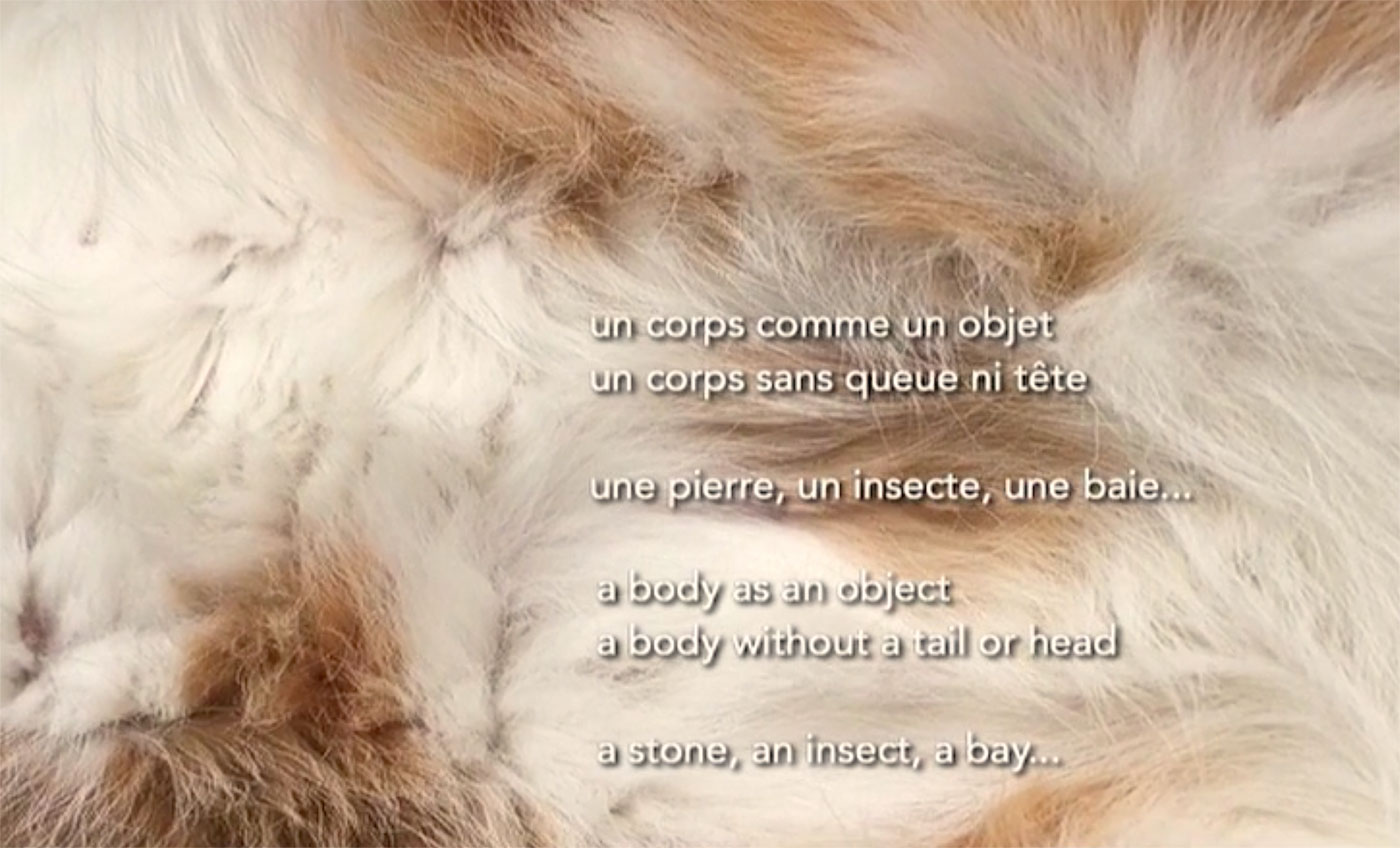
Tamara Laï creates videos and media works by applying a poetic and often metaphorical syntax. These works appear as dreamlike images where fiction and reality meet. Sound, rhythm and movement always play a key role here.Her poetry, close to automatic writing, often operates a dangerous slide between the Self and the Other, in a deep introspection.
Vidéo-poèmes (selection)
- Take off (2015)
Direction, image, montage : Tamara Lai | Musique : Andrès Jankowski aka 1605munro – Production : Thalamus Prod. & 1605munro - I&Them (2015)
Direction, image, montage : Tamara Lai | Musique : Emanuel Dimas De Melo Pimenta, Fast Forward, Bruce Gremo, Tom Hamilton, Peter Zummo – Poèmes : Joe Brenner, Tamara Laï – Production : Thalamus Prod. - Wandering (2012-2015)
Direction, image, montage, bande-son, poème : Tamara Laï – Production : Thalamus Prod. - Woody Blows (2019)
Direction, image, montage, bande-son, poème : Tamara Laï– Production : Thalamus Prod. - The And (2021) (première)
Direction, image, montage, poème, musique : Tamara Laï – Production : Thalamus Prod.
Curators : Eric Claus, Philippe Franck
Tamara Laï
tamara-lai.be
Video director, Tamara Laï turned in 1993 to digital techniques: video, computer graphics and special effects, as well as writing interactive short stories, tales and poems. Early web activist and network artist (1997), her research focuses on Net art / Web Art (sites, cam _ & _ chat performances, video conferences, etc.), and in particular the creation of participatory digital spaces.
Her works “between happening and ephemeral art” were part of the official festival selections and are exhibited in Belgium and internationally.
Marc Veyrat/i-REAL - Alice (Monde 4) | Mill
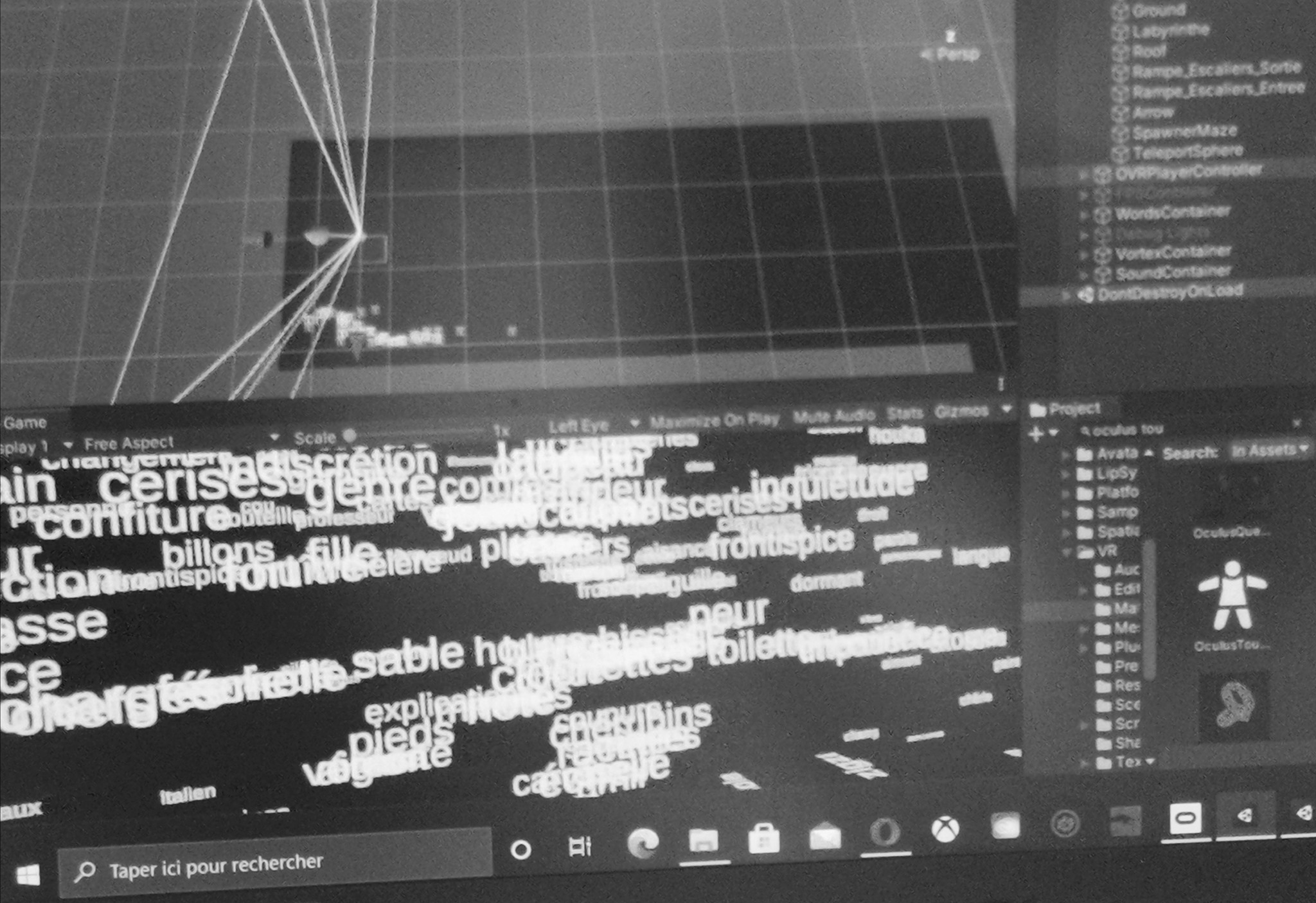
This World 4 in virtual reality (VR) is part of the variable geometry work XR i-REAL (a digital and hypermedia work of art that mixes VR environments triggered using cards on a set of I -u) by Marc Veyrat (artist researcher at the French University of Savoie Mont-Blanc and Paris 8 is specialized in new technologies), was imagined, programmed by Jonathan Juste (designer and digital developer). This World 4 “is architextured” around all the words used in “Alice’s Adventures in Wonderland”, a famous novel published by Lewis Carroll in 1865. Within this obscure world of the text, the words re / constitute in the course of our progression walls of blinding texts / images gradually revealing to us passages, “between-spaces” through which we can progress… The electro-rhythmic-organic music of Paradise Now (BE / FR) course the floating walls of this Lettrist maze as if in search of mutant prey. Alice (World 4) is presented here in the form of a video as well as in her VR version (with headset).How can we loose ourselves by loosing the meaning of the words when these lead us to experience them as images?
Curators : Eric Claus, Philippe Franck
Direction : Marc Veyrat — Société i Matériel
Programming & 3D Design : Jonathan Juste — Pixelpirate
Sound : Paradise Now
Programmation, Développement VR & Webdesign : Lise Missillier — 89/92 R&D
Marc Veyrat
imateriel.org – 8espace.com
Marc Veyrat: Artist, Associate, HDR Lecturer in Art Sciences
Director of Hypermedia Communication Department – Savoie Mont-Blanc University
CiTu Paragraphe Laboratory – Paris 8 University
Associate researcher UNESCO / ITEN Chair (Innovation, Transmission, Digital Publishing)
Marc Veyrat is interested in the complexity of informational formatting – in digital, visual and contemporary art – of networking and communication strategies, in particular in Mixed Reality (XR) devices and through networks. social or the web.
Gaëtan Le Coarer - Am Domhan + GIFs Texte & Image | Château Gilson
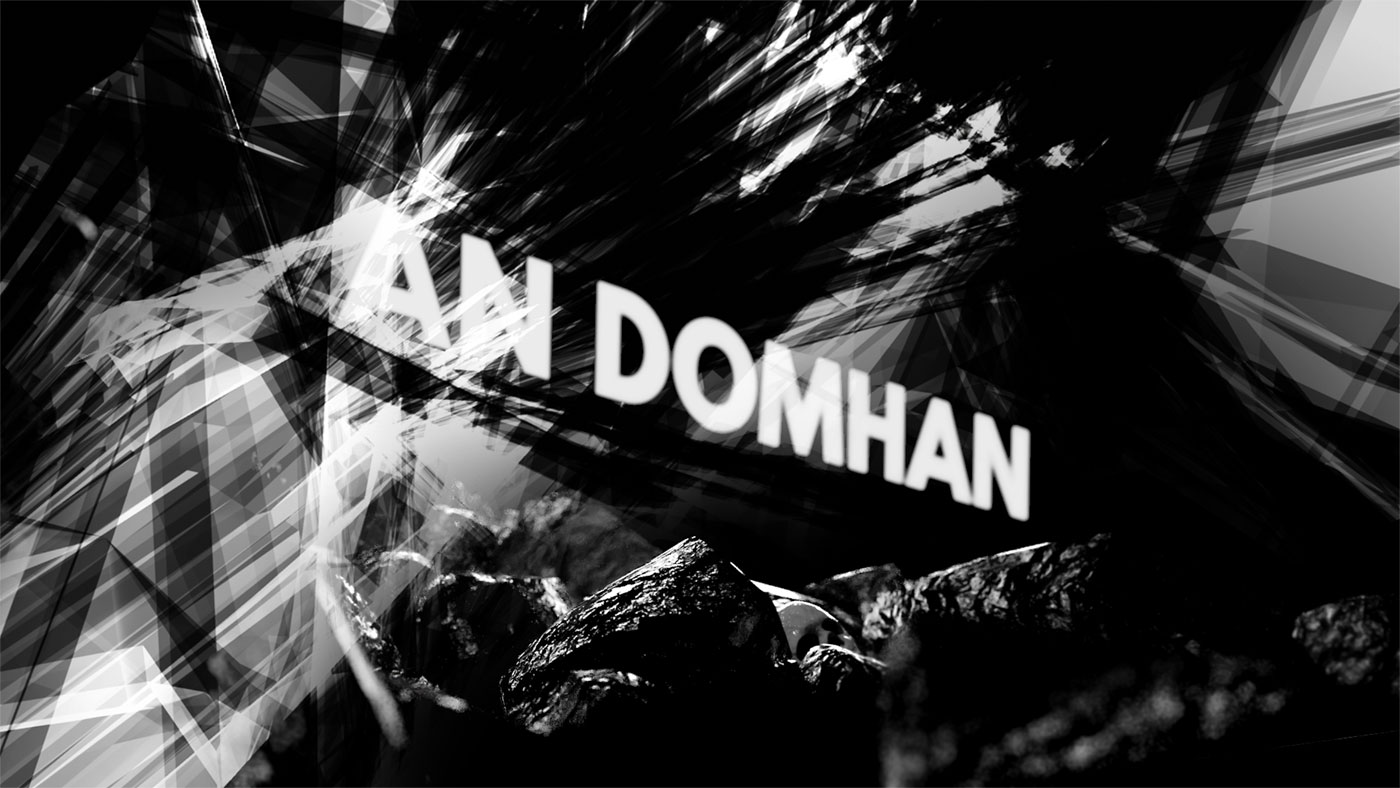
‘An Domhan’ (which translates to “the earth” in French) is a project conceived from a research methodology created as part of the thesis of Gaëtan Le Coarer (under the supervision of Ghislaine Chabert and Marc Veyrat-University of Savoie) whose subject is “Comic Strip and Mixed Reality, towards new narrative spaces”.
Based on an adaptation of the Irish Celtic legend entitled “The Tragic Death of the Tuireann Children”, an immersive and multi-user experience in mixed reality XR (AR + VR) is developed. The legend mainly features two characters from Irish Celtic mythology. Following a terrible event, one of the characters will hunt down and seek to destroy the other. There is a vengeful quest on one side and a quest for redemption on the other.
‘An Domhan’ deconstructs the linear narrative through a narrative set in mixed reality. Users each embody one of the characters of the legend immersed in an underworld (name used in Celtic mythology to describe a “magical” place, in between, i-localizable interface, elliptical, place of direct passage between a departure and a destination). The user as Brian is equipped with a virtual reality headset, and the other will have a smartphone that comes with an augmented reality app in hand. The two users operate in two seemingly different environments. Actions taken by the user in VR or AR are reflected in the other user.
Through this adaptation, Gaëtan Le Coarer seeks to set up the mechanisms for a participatory and immersive reading experience in comics and mixed reality. ‘An Domhan’ will be presented, at ARTour 2021, in the form of an artistic video as well as its XR version (with helmet and smartphone). A video is shot in agreement with the exhibition venue as well as each participant in order to compose a visual support essential to the study of uses.
Gaëtan Le Coarer
PhD student in Information and Communication Sciences & Art Sciences (under the supervision of Ghislaine Chabert and Marc Veyrat), Gaëtan Le Coarer, holds a Master in Digital Creation in Hypermedia and Intelligent Spaces and a Bachelor of Applied Arts Design course option Design and Digital Culture. He chose as subject of his thesis: Comic Strip and Mixed Reality, towards new spaces of narration.
After obtaining a grant from the LLSETI I Laboratory Axis 2 Text Image & Digital Arts at the University of Savoie Mont-Blanc to start a doctoral thesis, he combines his research around uses with a methodology in creation research. He thus develops concepts from a practice of drawing, black, to open questions associated with the narration in terms of architecturexture, and spatialization.
The project is led by the Languages Literature Société Études Transfrontalières & Internationales laboratory, and the Hypermedia Communication department of the University of Savoie Mont-Blanc.
With the support of Transcultures and European Creation Nurseries.
Maxime Coton - Sans se croiser | Bibliothèque Provinciale
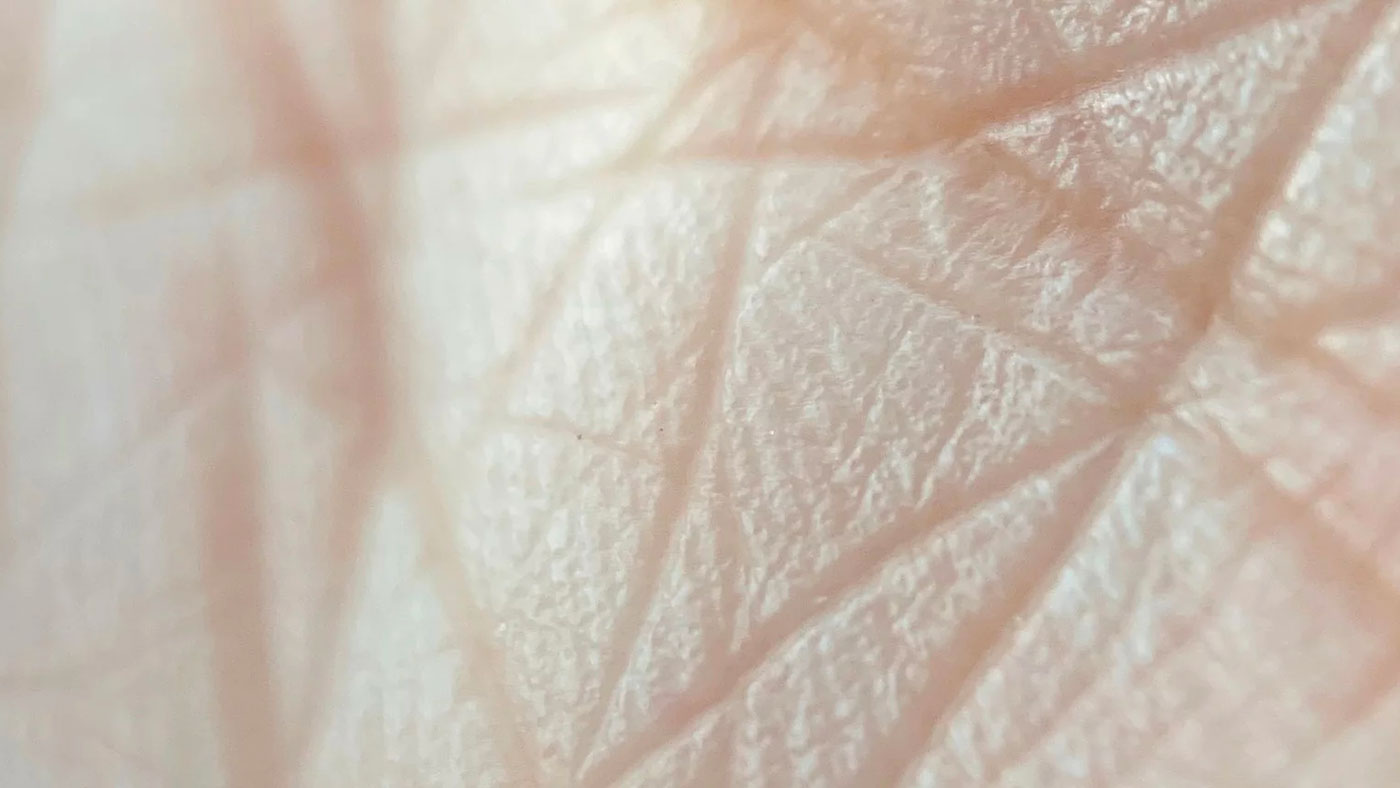
Because books talk, talk to us and talk to each other,
Because they never sleep,
Because those who are no longer continue to live in us,
The experience invites us to travel and feel these invisible links that are the basis of our humanity.
Curator : Maryse Lechien
An augmented reality experience, by Maxime Coton. With the complicity of Jamil Mehdaoui.
A BRUITS asbl production, in co-production with Transcultures.
A collaboration of the Plastic Arts Sector of the Province of Hainaut with the Louviérois Network of Public and Central Reading.
Maxime Coton
maximecoton.net
Writer and transmedia artist living and working in Brussels, Maxime Coton devotes himself to literature in different forms and media, because books are necessary but not sufficient. For his projects, he has won several awards in Belgium and abroad. In his work, he tries to find a balance between poetics and politics.
Claire Ducène + Christophe Bailleau - Ghostwriters - House 27 | Théâtre de La Louvière
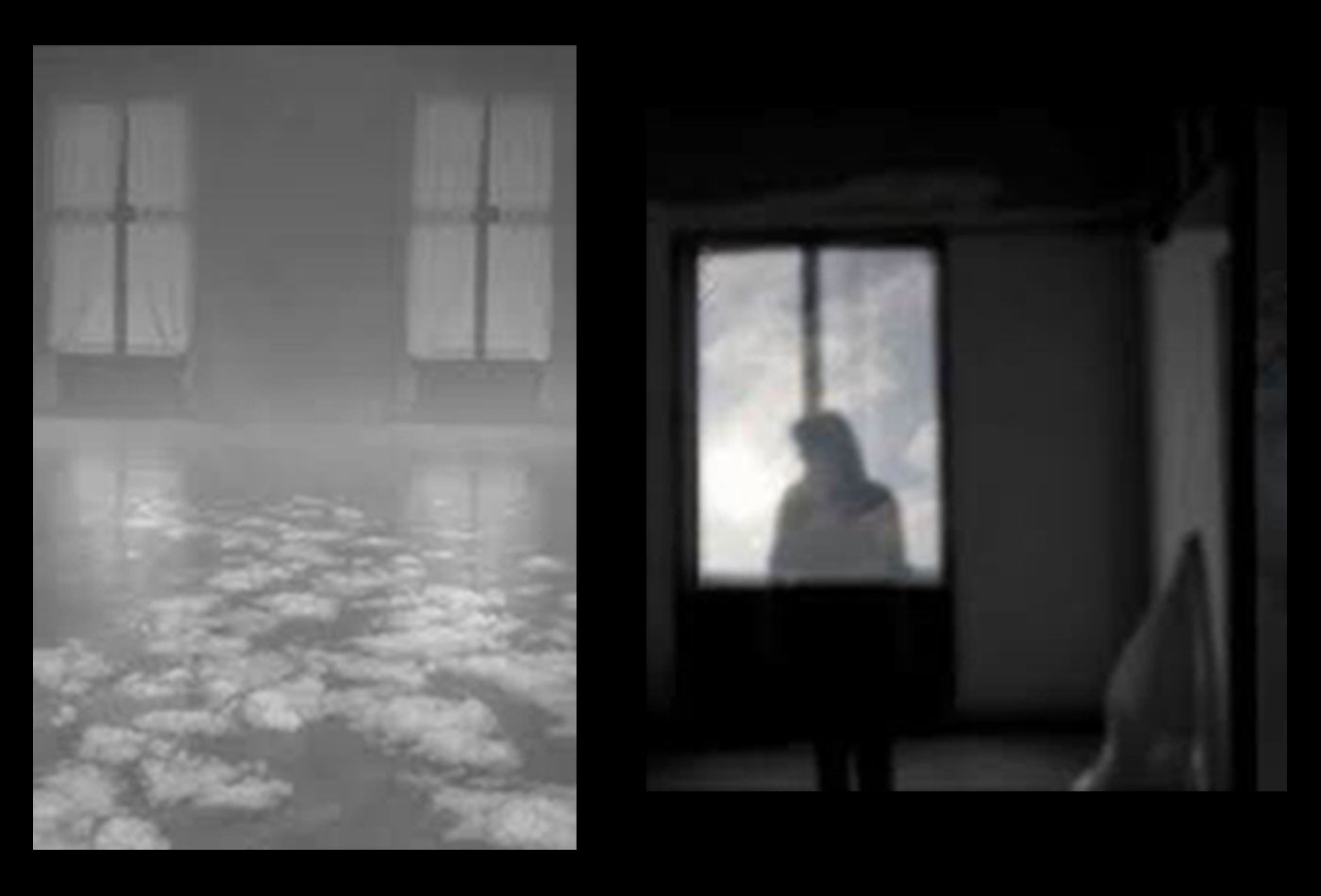
The visual artist Claire Ducène and the interdisciplinary sound designer Christophe Bailleau reunited for the first time, offer their first commun project “House 27”. In tandem as Ghostwriters, they mix their graphic and sound universes to create a performative concert (for the opening of ARTour on September 24), the installation version of which (throughout the duration of the biennial until November 28) also gives rise to an edition.
Claire Ducène plunges the viewer into her memories constructed in the form of a narrative, in search of the missing piece. The viewer follows a character who walks through a dreamed-up and reconstructed house where four tableau-chapters come together to form a story.
To the rhythm of Christophe Bailleau’s sound creations, a feeling of strangeness is accentuated, audio and visual materials constitute a hybrid and fluctuating form of narrative.
Claire Ducène’s work is a plastic reflection around memory and memories. The main obsession is memory. The way to talk about it is the palimpsest in that it represents a nebula and a superposition of images. And the result are both real and imagined stories, a turmoil between fact and fiction.
Through those researches, several elements emerge: the house, that is to say the space where memory takes on its full meaning and the multiple systems of multiplication of spaces which reform the memory processes of analogy and remembrance like the windows, inside or outside, of the drawers of a chest of drawers or the paintings which come alive to reveal some memories.
Commissaire : Eric Claus
Production : ARTour | Central avec le soutien de la Province du Hainaut et de Transcultures
Claire Ducène
claireducene.be
Born in La Louvière in 1986, Claire Ducène studied French literature (ULB) and painting at the Royal Academy of Fine Arts in Brussels. Her work was rewarded in 2015 with the Prix du Hainaut des Arts Plastiques and, since then, she has carried out solo and collaborative projects as well as international residencies.
Her work has also been selected for numerous awards, including the Prix de la Gravure at the Center for Engraving and Printed Image in La Louvière in 2018 and recently, in October 2020, at the International Prize of the City of Tournai. as well as the Young Sculpture Prize in the Federation Wallonia-Brussels.
Christophe Bailleau
After studying librarianship in Brussels, Christophe Bailleau obtained a Master in Plastic Arts at ERG (School of Graphic Research) in Brussels in 2004. Multidisciplinary artist, Christophe Bailleau has been developing an atypical musical project for more than 15 years. His compositions are based on acoustic sources (guitar, percussions, vocal sounds) triturated and mixed with concrete and domestic sounds. He thus conceives a game of waiting, silence and stormy tension.
With Philippe Franck, he operates within the group Pastoral, and plays with Billy Hasni within the combo Prism. Since 2004, his compositions have been published on various European labels (Stilll, Postcard, Annexia, Fenetre, Soundscaping, Optical Sound, Sacred phrases, Transonic…). He also produces sound poetry for radio stations and installations , he also practices photography and more recently drawing and poetry.
Finally, Christophe makes intriguing and poetic short films, recording lost moments, before or after an action, trying to capture the unspeakable. With the video-musical duo Pastoral, he takes a look that is both surreal and poetic on Walloon imaginaries and resort areas where a form of Lynchian strangeness is hidden. A DVD of his short films dating from before 2008 was published by 68/70 (Brussels) and his films have been shown in many European festivals (Rotterdam, Argos, City Sonic, Les Transnumériques, Videoformes, Dig @ ran…) . His audio and video work is also available in installation..
25.09 | Soignies
Jean-François Octave - S&S&S | Espace Victor Jara

After having proposed as an epilogue to this 13th edition of ARTour, during the summer of 2021, the installation ‘Tabula’ at the Collegiate Church of Saint-Vincent de Soignies, Jean-François Octave continues his reflection on images and words: this times, on Meaning, on Sex (and gender), and on the Century … ‘S & S & S’, and this, from a frieze that runs through the walls of the ground floor and a large tarpaulin on the stairs .
In addition to the images, Paradise Now created a sound environment from extracts from the newspaper published regularly for several years by Jean-François Octave (read by Jeannine Dath and Philippe Franck) mixed with cinematic, impressionist atmospheres and electro grooves (from New York to Brussels).
Curators : Eric Claus, Jean-Pierre Denefve.
A coproduction ARTour | Central, Centre Culturel de Soignies, in partnership with Transcultures.
Jean-François Octave
jean-francois-octave.be
Born in Arlon in 1955, Jean-François Octave is a Belgian designer, painter and architect who claims to be both Pop Art and Conceptual Art.
After studying architecture at the Institut Saint-Luc and then at La Cambre (Brussels), he began working for the magazine Soldes – End of series, before making covers for Les Disques du Crépuscule / Factory Benelux and posters for the concerts of Young Marble Giants, A Certain Ratio or Tuxedomoon at Plan K.
In 1986, he represented Belgium at the Venice Biennale. He has since exhibited in Brussels, New York, Copenhagen, Caen, Paris …
Until 2021, he directed the “Image dans le Milieu” workshop at the Domaine des Arts Plastiques et Visuels (Arts au Carré) in Mons2.
03.10 | Le Roeulx
Werner Moron - Société Slogan | Centre culturel Joseph Faucon
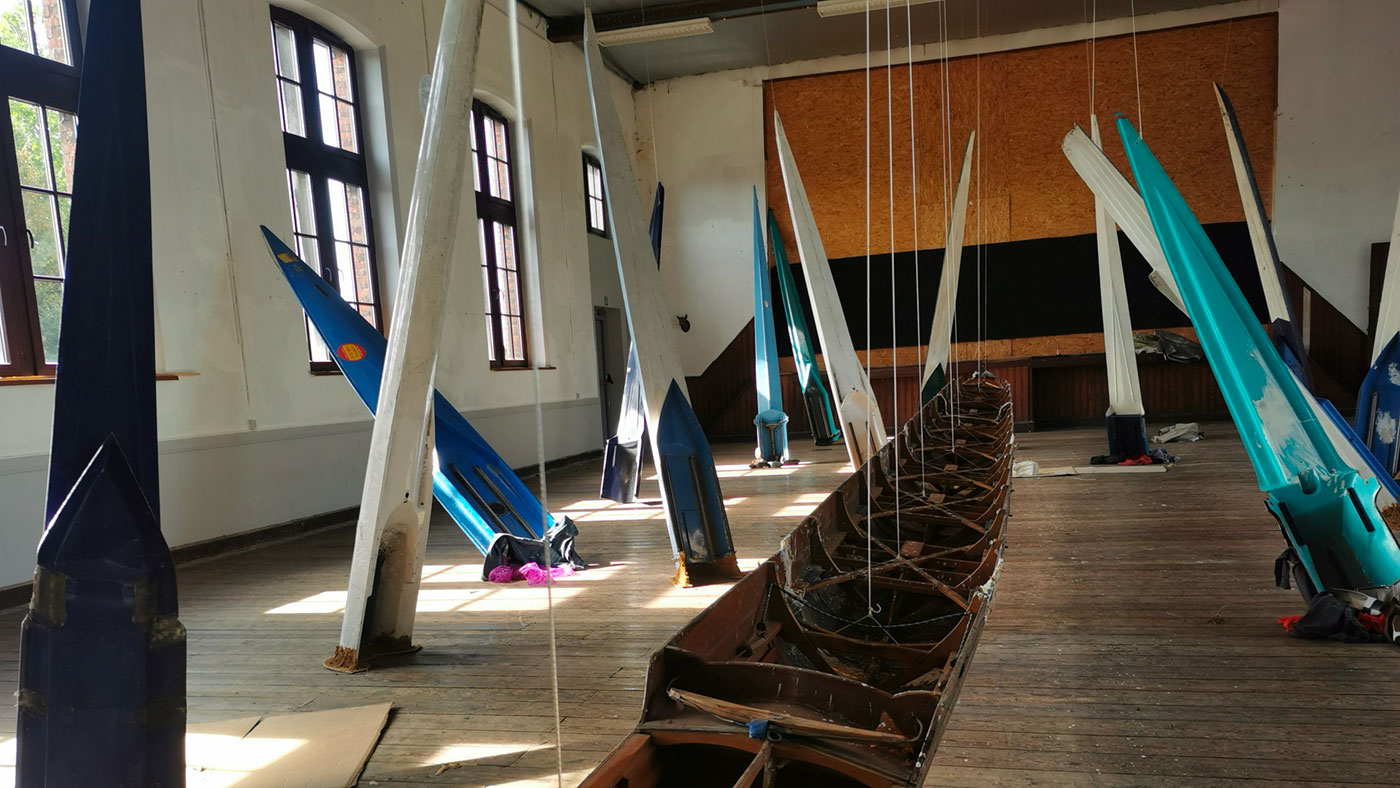
The “slogan society” has arisen as a photocopy of reality on the whole of reality. With boats pointing towards the ceiling of the great Salle des Combles, a bit of soil, some anonymous clothes and a poem broadcast as a vocal soundtrack, Werner Moron (visual artist, performer / author, agitator, founder of paracommand’art) invites us, with this hybrid and contextual creation in the attic room of the Roeulx Cultural Center, to a great journey.
“Many of us would die virtually several times a day in blurred escapes from our grueling dreams (…) We were experiencing it all in retrospective shows; in our dream, we ended up being studied in schools. The zenith of the dream and then imperceptibly the curve was inverted; the descent made us see our virtual death more and more quickly; we no longer knew how to dream of joy; we dreamed explosive from the beginning inside a long tracking shot towards our end or we were able to believe in a redemption by the millions and then the dream was disturbed in ludico-cynical frequencies or the billionaire dream let us see cancer or bankruptcy… ” W. Moron (“Boram Quantique”)
extrait de “Boram Quantique” (W. Moron)
Curators : Eric Claus, Philippe Franck
Production : Central, Transcultures
Werner Moron
wernermoron.be
The artist from Liège has for many years developed a plural artistic approach based on a permanent critical distance from the art market. For this, he chose to stage acts, performances or events that involve the participation of the spectator, as subject and as citizen, solicited in a dialogue.
In order to experience the world, a concrete world, Werner Moron constantly varies the places of intervention and mixes the modes of artistic expression and the modes of production: paintings, drawings, installations, performances, conferences-performances, in institutional places. or non-institutional, public or private, where the participation of a spectator is constantly requested.
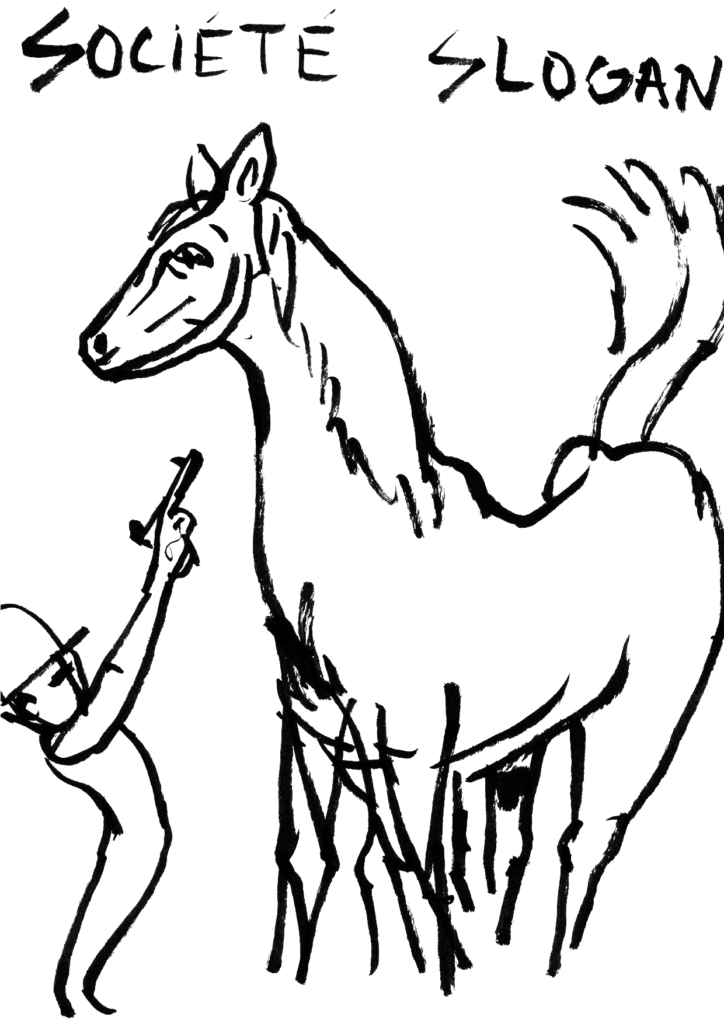
Dans le film d’un ex-peintre, on voit Andy Warhol au restaurant avec un galeriste.
Basquiat entre dans l’établissement, pour vendre des cartes postales peintes de sa main.
Il fond sur la table de Warhol et lui demande comment il doit si prendre pour être aussi célèbre que lui.
La star du pop art lui répond :
« Fais le même tableau jusqu’à ce que quelqu’un te remarque
et puis quand la notoriété arrive, fais ce que tu veux… »
Lorsque je suis arrivé dans cette époque post post
dans laquelle nous vivons (depuis 30 ou 40 ans),
on sentait bien que la fête était finie.
Je ne me retrouvais, ni dans le génie de Warhol à jongler avec les poisons de notre époque
pour faire un poison photocopié transcendé et classique sans antidote
et je ne me reconnaissais pas totalement non plus dans la spontanéité,
le flow brutalement libre, héroïno-tribal de l’autre petit génie de Basquiat.
Je ne sentais plus la présence, l’intensité du sujet,
ni dans le ready-made géant de nos réalités contemporaines,
ni dans les actions directes qui vont du delta de notre mystère mental et corporel
vers une surface plane ou vers un objet finalement artistique avec sa plus value intraveineuse
et ses morts rectangulaires et romantiques.
La page était tournée
et pourtant tout ce qui nous faisait exister vivait dans ces pages.
Nous avancions sur le sol, sous le ciel, dans l’éclairage d’un univers définitivement dilué, pulvérisé, disparu.
A la manière des étoiles,
le monde s’était terminé
comme on se termine à la main,
dans une lumière aveuglante et qui nous colle encore aux rétines.
Nos démarches, nos respirations, nos stabilités, nos cadrages
se nourrissaient aux fantômes d’une réalité d’images et de propos fossiles.
Nous vivions exaspérés ou étonnamment calme dans l ‘écho d’une fiction scolaire.
Notre vie consistait à répéter des leçons dociles, révolutionnaires, illusoires, ou subtilement désillusionnées
Dans ce vide surpeuplé de désirs et de désillusions,
tout était faux,
sauf les frontières.
Les frontières, les murs, les distances, les seuils de tolérance, poussaient comme des ongles
entre les autres et nous,
entre nous et nous même.
L’esprit dans le sens de la « spiritualité de la croyance »
ou dans celui de la « spiritualité de salon » médiatico-dada-féroce
L’esprit vivait dans des grandes pièces vide et prestigieuse,
en se nourrissant de l ‘écho
d’un passé indépassable.
A l’époque on pouvait l’entendre :
« Notre seule chance d’en sortir passe par l’esprit de contradiction. »
Aujourd’hui, pour un certain nombre d’entre nous ,c’est une évidence.
Ce n’est pas la solution,
l’avenir tout entier, c’est de la résistance faite à soi-même,
à l’envie de dormir, de s’enfoncer dans les morsures du gel.
Aujourd’hui, c’est notre seule chance.
Si nous désirons réellement trouver une sortie vers un monde
où notre vie se détache de l ‘image
Si nous voulons
même une seule fois
(comme on va voir la mer)
entrer de plein pied
dans un univers,
où le corps et sa fanfare de cerveaux
se déploie comme une atmosphère,
alors
sans plus attendre
à notre signal
nous passons tous ensemble
par l’esprit de contradiction
et ces sous -marins
sous le carrelage.
03.10 | Bois-du-Luc
Isa✧Belle + Paradise Now - A L'uni Son
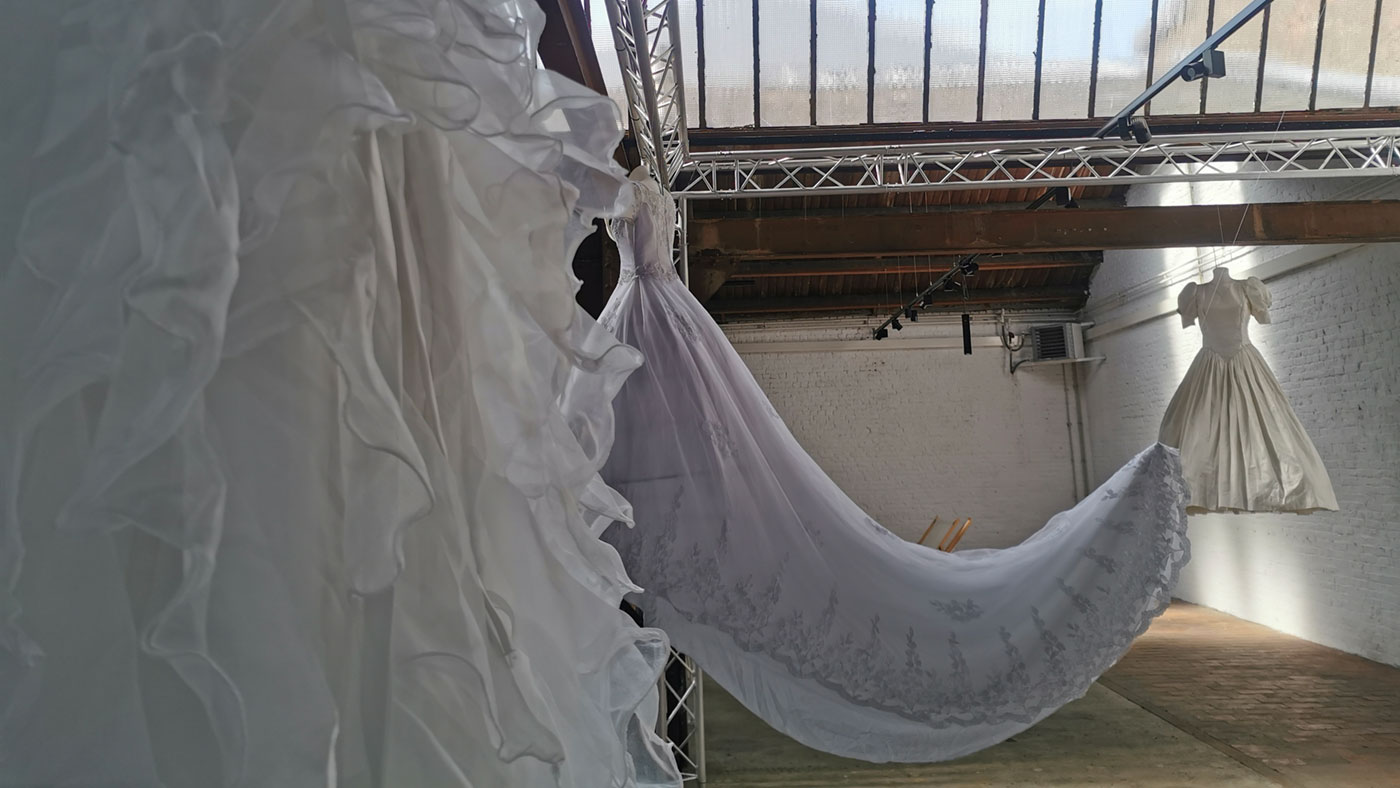
This installation imagined by Isa * Belle (sound-body artist / performer) and Paradise Now (sound and media creator) showcases the evocative and relational power of sound when it is closely associated with one of the most intense moments of our existence, that of the amorous encounter between two beings.’ A Luni Son’ takes the form of a plastic and sound installation, with elegant wedding dresses from different periods (1940s to 2000s) suspended from the ceiling. Each emits a different sound piece, the whole being conceived as a polyphonic form becoming random according to the movement of the visitor. The main audio content is made up of a series of interviews conducted for the occasion with women (of different origin, age, backgrounds and cultures) who have known “great love”.
In our time marked by gloom, loneliness and multiple mutations which are particularly difficult also on an emotional level, ‘A Luni Son’ intends to offer a visual, sound, mnemonic, poetic and sensory space, a reminder of those magical moments in which are declared these commitments of body, mind and heart which unite and illuminate beings.
Curators : Eric Claus
Production : Transcultures with the support of the City of La Louvière
Isa✧Belle + Paradise Now
Practicing for twenty years, holistic and sound massages integrating different techniques acquired from Indian and Tibetan masters and integrating these experiences into his artistic approach working around the body and the senses in their multiple dimensions, Isa Belle has participated in various short films and performances by collaborating with several visual, interdisciplinary and sound artists (Maurice Charles JJ, Gauthier Keyaerts, Ariane Chessaux, Ours bipolaires, Stephan Dunkelman…).
Since 2005, she has been working with Paradise now (electronic processing and sound design, texts and co-design) on several installation and performance projects (presented in many places and international festivals) appealing to all the senses and the participation of the spectator invited to indulge in sensory experiences unprecedented in the world of contemporary art.
Natalia de Mello + Daniel Vander Gucht - Le Machin
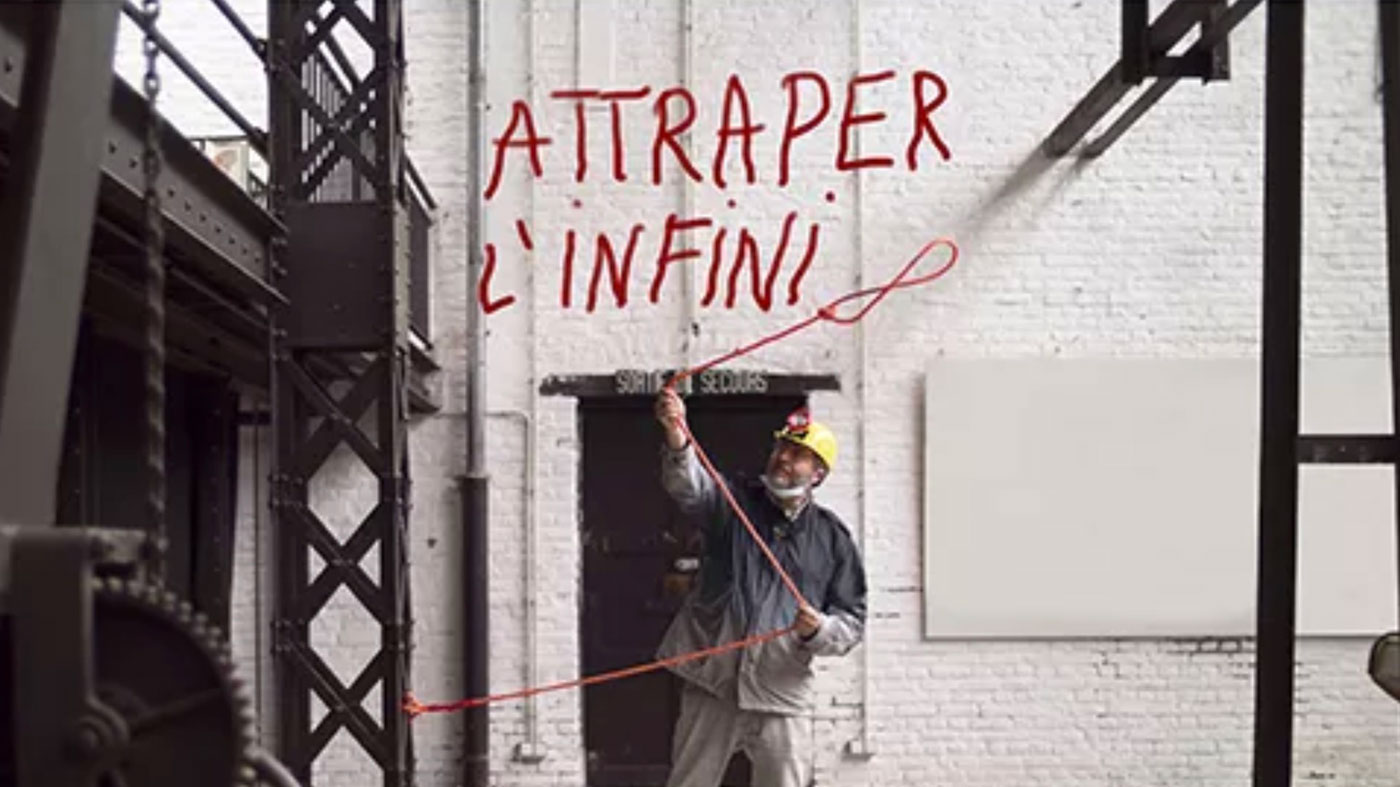
The visual and multimedia artist Natalia de Mello and the sociologist and writer Daniel Vander Gucht (hosted, thanks to ARTour, this summer 2021, in residence at Transcultures on the Bois-du-Luc site until mid-September 2021) document in images and words in the form of evolving videos their dialogue in progress for the design and installation of an in situ piece called “Le Machin” (the thing).
The form and presentation of this hybrid and contextual creation have not be fixed and revealed to the public until the end of this creative process. All the exchanges and moments of reflection and doubt, the stages of work and experimentation, the possibilities envisaged or abandoned, the sketches and provisional models were thus archived and activated in a visual and sound writing by dynamic video montages which will account for this creative process while “Le Machin” materializes this dialogical process in the form of a multiple piece.
Curator : Philippe Franck
Production : Transcultures, Central/ARTour, in partnership with European Pepinires of Creation.
Natalia de Mello
nataliademello.net
Inseparable from fortuitous encounters and collaborations, the work of Natalia de Mello has been guided, since 2000, by the dual concern of the relationship to space and the relationship to the other. Her taste for collaborations and the desire to transgress the limited borders of the plastic arts leads her to invest the world of the performing arts and to participate or initiate shows, performances that will become so many places of multimedia experimentation and hybridization of artistic practices and digital technologies. Her reflections focus on the relationship between science and art, between human and machine, between domesticity and domestication. Experimenting, exploring, questioning and finding what we weren’t looking for, this is the modus operandi of his research and reflection on our being in the world.
Daniel Vander Gucht
lettrevolee.com
Doctor in sociology, Daniel Vander Gucht is head of research at the Free University of Brussels. He heads the research group in sociology of art and culture (GRESAC) as well as the Revue de l’Institut de sociologie. He is also responsible for La Lettre volée editions.
He has edited a large number of collective works, including Art et société (Les Éperonniers, 1989), ‘La Mise en scène de l’art contemporain (Les Éperonniers, 1990, with Nathalie Heinich and André Ducret) and ‘Le Paysage à la croisée des regards’ (La Lettre volée, 2006, with Frédéric Varone). He is also the author of “L’ Art contemporain au miroir du musée”(La Lettre volée, 1999); ‘Art et politique’ (Labor, 2004); ‘La Jalousie débarbouillé“L’ Art contemporain au miroir du musée”’ (Labor, 2005); ‘Ecce homo touristicus’ (Labor, 2006) and ‘L’ An passé à Jérusalem’ (La Lettre volée, 2009). He has also published a trilogy of imaginary lyrics (“Robert va te coucher” 2015, “Sous influence” 2019, “Pourquoi je n’écris plus de poésie”2019 -La Lettre volée (in collaboration with visual artists Pascal Courcelles, Damien De Lepeleire, Xavier Noiret-Thomé)
Gauthier Keyaerts - Rêvision#1
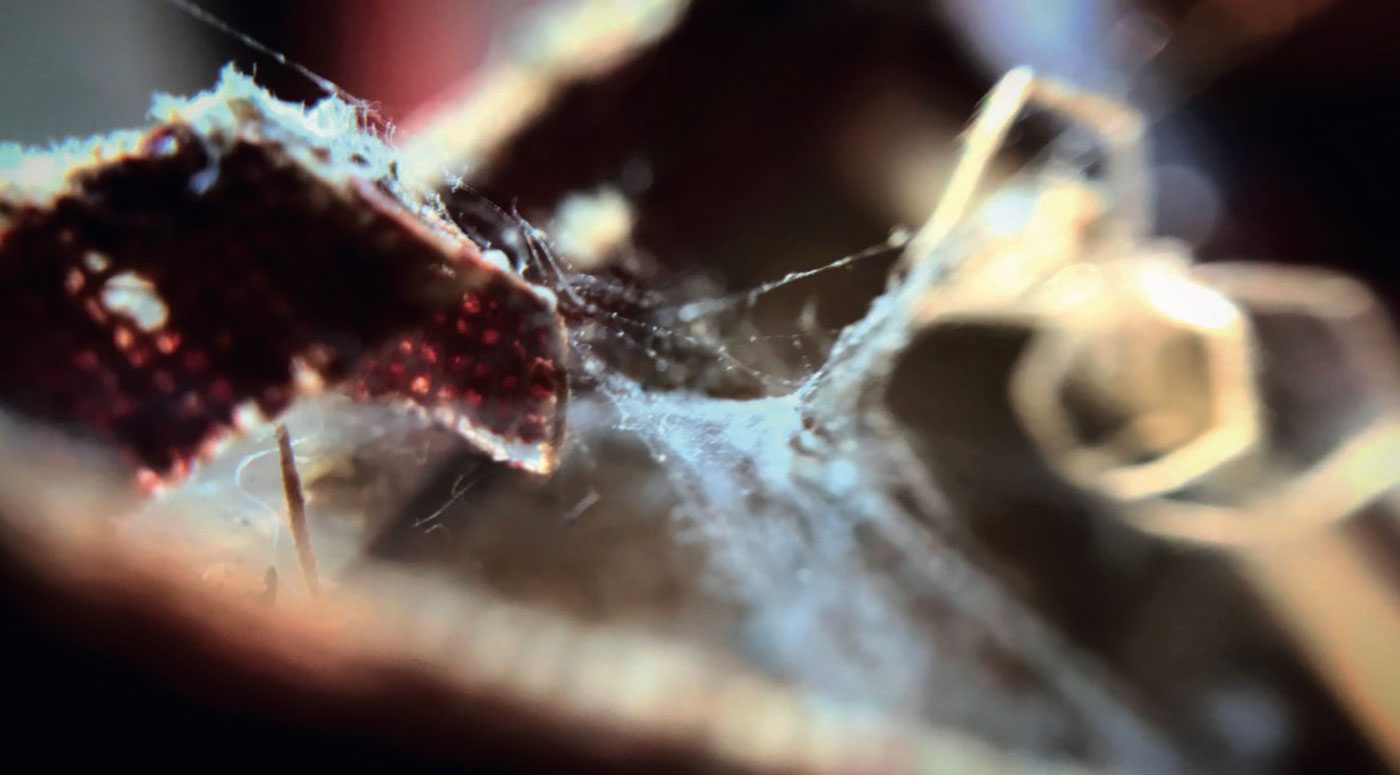
The viewfinder flush with the material, the “sampler eye”, Gauthier Keyaerts (sound, visual and interdisciplinary creator) explores the visual and sound spaces of the Bois-du-Luc site, in order to restore their soul. To do this, he mixes in a multimedia installation, materialistic photos and videos bathed in equally textural soundscapes.
This set is complemented by poetic texts written by the artist (with the complicity of Vincent Tholomé during a short poetic moment), who interprets, from fragments, small and large stories. The whole constitutes a dreamlike, immersive device, with free thought and associations.
Visitors remix according to their experience and emotional state, in real time, the work presented.
Curators : Philippe Franck
Production : Transcultures, Central
Gauthier Keyaerts
gauthierkeyaerts.com
Gauthier Keyaerts questions matter through sound and still or moving images, in an interactive and complementary manner. Sound artist (several albums published on Sub Rosa and Transonic as well as installations and performances broadcast internationally) and interdisciplinary, he bases his work on two essential elements: a radically materialist approach, a real call to the rediscovery of our senses, that whether through sound or image, and a desire to communicate with the public, to generate a free and open space for reflection. His favorite subjects are life, nothingness, the beauty of insignificance, the elements, time, memory.
Alain Wergifosse : Geno-TypO + Performance
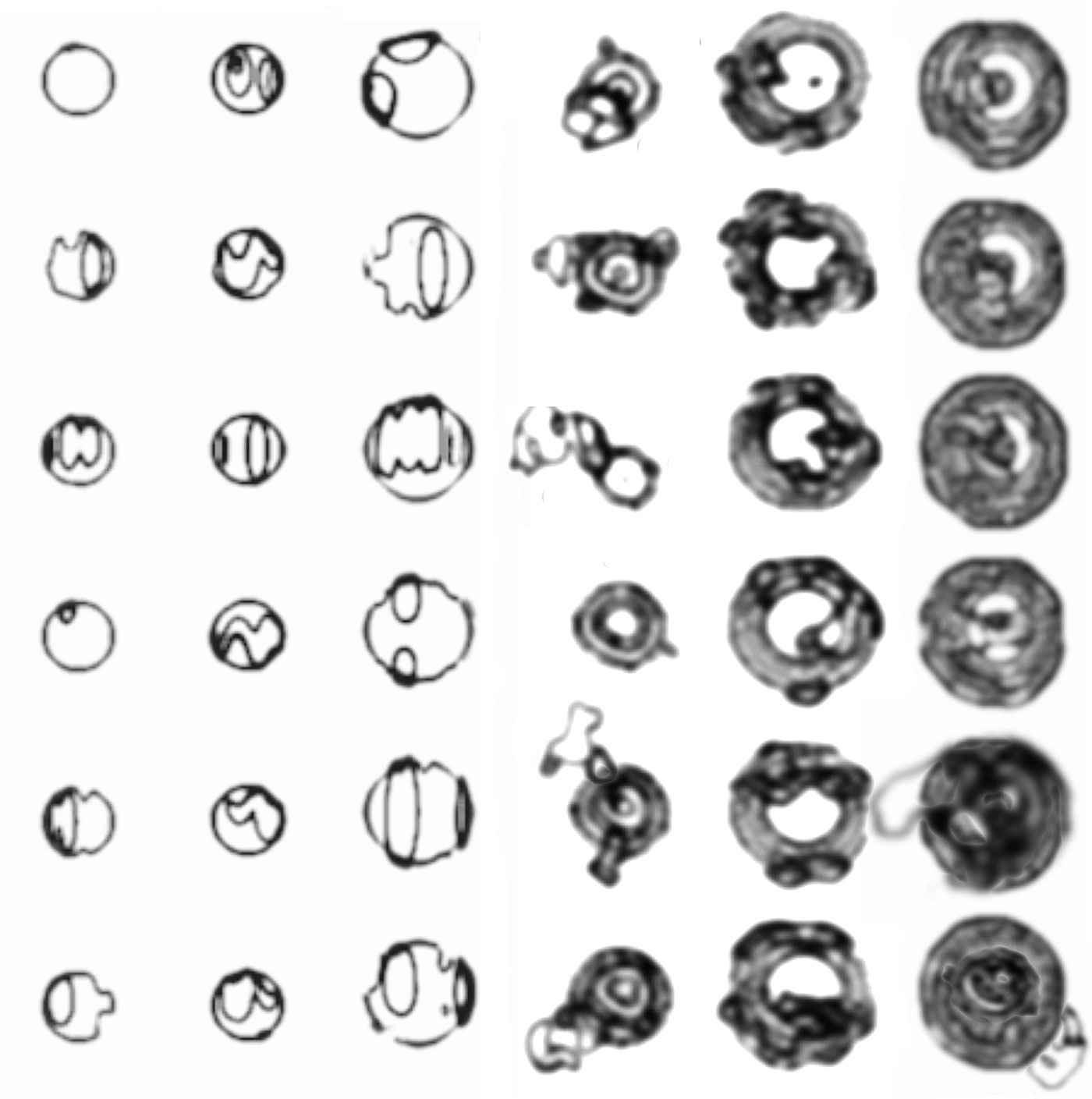
This digital, visual and sound creation is a speculative study of the genetic evolution of a typographical error.
After History, left abandoned in nature for sufficient time, would the written word come to life by itself to evolve into new organic species of self-generated metalanguages where the meaning of symbols would no longer be defined? by the traces of a forgotten human culture but rather by the whim of multiple consecutive mutations of the forms to end up integrating completely in the biomass?
In order to accelerate this process of bio-morphization of language in an artificial environment, Alain Wergifosse (sound, visual and multimedia artist) has chosen to use a simple typing error as a subject of experimental study rather than a sentence or a word. too significant, the idea being that after us, words will no longer need to mean anything in a world where, as at the very beginning, nothing will have a name …
Alain Wergifosse will also perform in Bois-du-Luc with various sound objects during an electro-audio-organic performance.
Curator : Philippe Franck
Production : Transcultures, ARTour | Central
Alain Wergifosse
alainwergifosse.com
An insatiable explorer of sound, image and the media since the 1980s, Alain Wergifosse amplifies all kinds of resonant objects and specializes in the electronic processing of feedback to achieve his organic compositions and improvisations. He has traveled the world solo and with various groups and collective projects (Obmuz, Macromassa, SpecOp, Colectivo Anatomic among others).
From his base in Barcelona, he composed, for ten years, the music and sound interactions of the shows Marcel lí Antúnez (ex La Fura dels Baus) and he collaborated with many artists of the experimental musical scene ( Zbigniew Karkowski, Cluster, Jaki Liebezeit, Francisco Lopez, Nad Spiro, Eli Gras,…) and actively participated in various adventurous events in Spain and internationally.
In recent years, returning to Belgium, he has developed his visual work and produced immersive and interactive installations, self-generative videos, microscopies and other materialist compositions presented in several international festivals and events (City Sonic, MEM, Kikk, Semaine sound, Simultan, Transnumériques…).
Philippe Franck avec Charles Pennequin - Spectacle
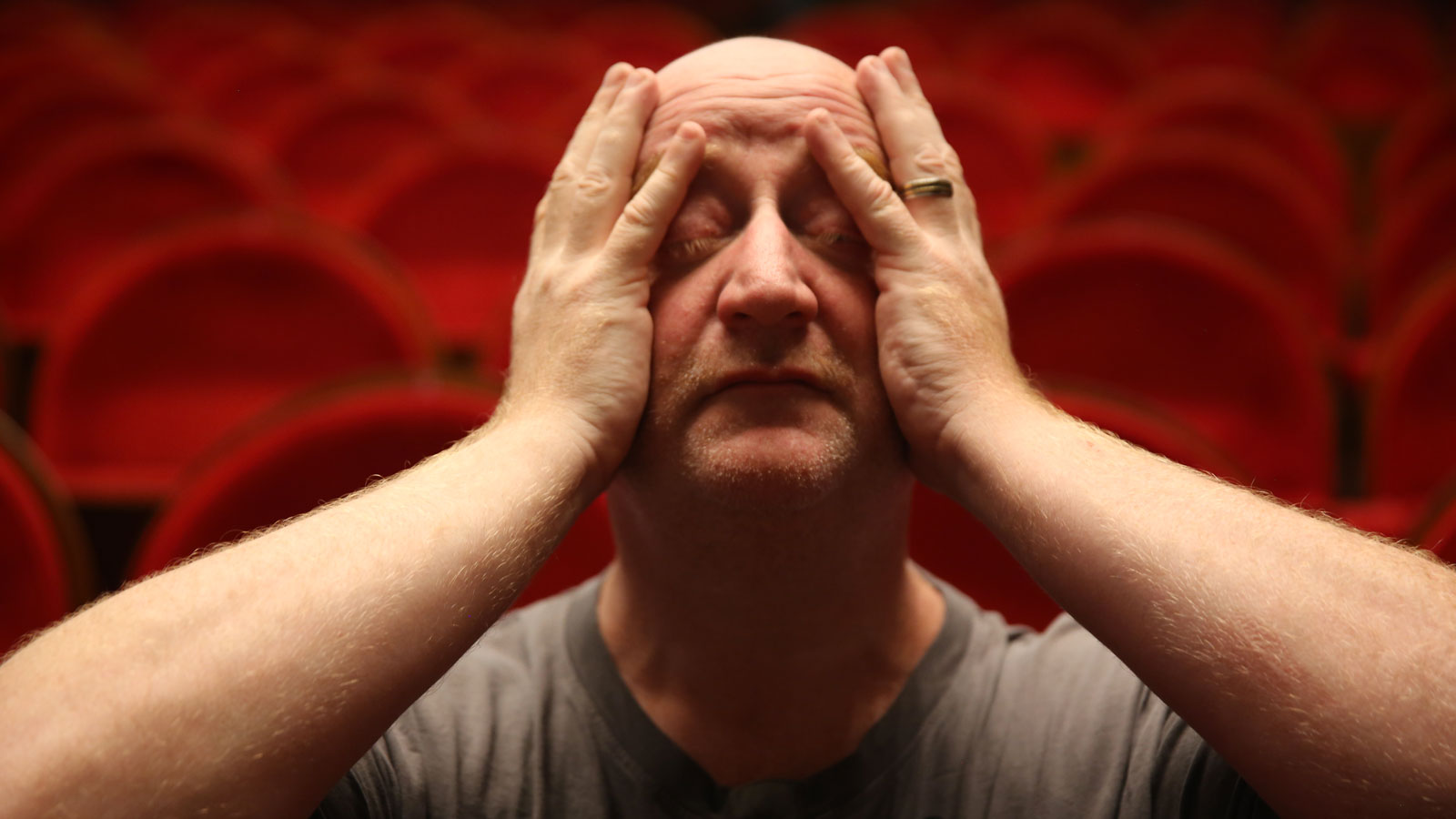
This audio-video-poetic triptych was born from a literary commission (by Transcultures within the framework of the international festival of sound arts City Sonic), to the French author / performer Charles Pennequin around the notion of spectacle from different angles (the one show business, creator, public), Philippe Franck then directed Charles Pennequin reading these three powerful texts (‘Show world’, ‘Creator’, ‘Being very often the public of everything’) to film him, the same day, on the stage (place of the creator), in the room (place of the public) and in front of the facade (place of the performance) of the Royal Theater of Mons, city which was, in this year 2015, European capital of culture.
The installation plays on poetic polyphony / polyrhythm but also on the author’s energetic presence and his critical posture in the context of the contemporary hyperspectacle.
Curator : Eric Claus
Realization / concept : Philippe Franck – Text : Charles Pennequin – Camera / Editing : Zoé Tabourdiot
Production : Transcultures
Philippe Franck
philippefranck.eu
Art historian, designer and cultural critic, producer, sound and media creator, Philippe Franck is director of Transcultures, Center for digital and sound cultures. He is the founder and artistic director of the international festival of sound arts City Sonic (since 2003) and of the Transnumériques, biennial of digital cultures (since 2005) in the Wallonia-Brussels Federation.
Charles Pennequin
charles-pennequin.com
Charles Pennequin (born in 1965 in Cambrai, lives and works in Lille), artist and poet, one of the greatest representatives of performance poetry in France, remarkable reader of his texts on the occasion of numerous performative interventions, explores with his protean work the ways of modern creation. Remarkable text, for its rhythm, speed, agile punctuation and language work, which in apnea, hypnotic, will impose itself on many listeners during its readings. It is with a plethora of words, a plethora of phrases, a plethora of meanings, that the self-taught former policeman captures attention with his cadenced poetry.
Informations
- 24.09 > 28.11.2021
- Free entrance
- La Louvière, Soignies, Le Roeulx
- Download the Brochure (french)
- artour.be
Production
- ARTour 2021: Central with the support of the Wallonia-Brussels Federation. General Commissioner.
- Partnership: Joseph Faucon Cultural Center, Daily-Bul & Co Center, Collegiate Church of Saint-Vincent, MILL, Museum of Mining and Sustainable Development, Le Gilson, Centrissime, Galerie Nardone, Théâtre de La Louvière, Provincial Library, Espace Victor Jara, Transcultures.

